How to Plan for Driver Health During the Hot Summer Months
Summer is almost upon us, and with it comes an extra layer of safety precautions to promote good summer driver health. As with any season, summer presents a new set of challenges to overcome as drivers navigate different climates, temperatures, and conditions in different parts of the country.
What are the potential health hazards for drivers during the summer?
While the summer seems like it should be slow and easy, it’s anything but. While you don’t have to worry about blizzards or severe weather in most cases, you need to be aware of an increase in traffic and construction, as well as the toll that heat and sun can take on a trucker’s body.
Why Health and Safety are Important During the Summer
There are a lot of factors that can put truck drivers’ health at risk, especially during long hauls. While the summer is a slower season for other industries, it means more traffic, more slow-downs, and more health hazards for truck drivers.
The summer sun can present a nice, warm change from winter months, but can also present real risks to driver health when not addressed properly. The sun can cause a glare and impact vision long term, so it’s important that drivers protect their eyes. It can also cause painful sunburns, which can lead to health problems later in life if the skin is not protected.
When driving in the summer months, keep the “Five Ps” top of mind to ensure summer driver health and safety for the long haul and the long term.
Prepare for Traffic Congestion
Summer is the season for tourists, so expect traffic congestion on major roadways. This can lead to quite a bit of anxiety on the part of car drivers and truckers alike and can lead to poor decision making.
Be sure to leave early and account for slow-downs on your route, to ensure timely deliveries without pushing it on the road. Safety is an absolute imperative, so be safe by checking for traffic delays and road conditions before planning your trip.
Protect Your Eyes
Summer driver health is all about protecting your body from the risks of bright suns and heat. During the summer, the sun is especially bright, so high-quality, polarized sunglasses are essential for driving during the day.
Additionally, early morning and mid-evening sun can cause a glare, which can be dangerous to drivers, especially with more cars on the road. Take extra time to absorb surroundings and check glare spots for cars you may have missed.
Protect Your Skin
We’ve all heard of “trucker arm.” This happens when truck drivers rest their arms out the window of their truck, getting a sunburn. Days upon days of this and truckers can experience painful blistering and permanent skin damage.
Use sunscreen to protect the skin, and roll up windows occasionally to give skin a break from UV rays.
Protect Your Truck
The summer heat puts an extra burden on a truck. It’s important during the summer to check fluids, especially coolant, during summer hauls.
When you’re driving in a hotter, drier climate, the weather can take a larger toll on a truck and even cause major issues if not addressed. Preventable maintenance is especially important during summer months when trucks are exposed to heat and elements at more extreme levels.
Pay Attention to Your Body
It’s easy to ignore the signs of dehydration. At least 518,000 people end up hospitalized each year in the U.S. due to dehydration. During an extended period outside, you may start to feel fatigued or disoriented.
This is your body telling you to cool down and hydrate. Make sure you take regular breaks and drink at least 8 glasses of water every day. Dehydration can lead to detrimental health effects and can even land you in the hospital, so make a plan to drink enough water.
Another good idea is to carry electrolyte pouches with you at all times. These are small, easy packaged powders that can be added to bottled water to give you an instant boost.
In addition to hydration, make sure to eat healthy food to fuel your body during the hot summer months. While we typically think of the winter as a season for sickness, the summer can present its own health challenges when you’re not properly nourished.
Key Takeaways about Summer Driver Health:
- Summertime presents a new set of challenges for truck drivers
- Protect yourself and your truck from breaking down by establishing a preventable maintenance routine during the summer.
- Use the “5 Ps” to ensure summer driver health.
Infinit-I Workforce Solutions has a library of 1,000+ training videos on important health and safety topics, including protecting drivers during the summer months. Our videos use microlearning strategies that break the material down into bite-sized chunks, making it easier for drivers to comprehend and retain the information.
For more information on the online training videos available, request a catalog.
Other great posts about summer driver health:
Driver safety tips for the summer
HOT HOT HOT! Sunshine Threatens Truckers
8 Tips for Improving Fuel Efficiency




 “What if I was sitting in the courtroom when the $411 million verdict was handed over? How would I explain it to my employees, or to my boss? How would I explain it to my family?”
“What if I was sitting in the courtroom when the $411 million verdict was handed over? How would I explain it to my employees, or to my boss? How would I explain it to my family?”



 Danny P. ran on my fleet for about a year before this particular incident. During that time, we developed a working relationship in which we were truly a team. I trusted his judgment and he never let me down.
Danny P. ran on my fleet for about a year before this particular incident. During that time, we developed a working relationship in which we were truly a team. I trusted his judgment and he never let me down. He called me back with an urgency in his voice that thinly masked his frustration. “They won’t let me get fuel. The computer says I have plenty to get to the next fuel stop. I’m telling you, boss, I am not going to make it.”
He called me back with an urgency in his voice that thinly masked his frustration. “They won’t let me get fuel. The computer says I have plenty to get to the next fuel stop. I’m telling you, boss, I am not going to make it.” It was my best guess, as this was not a typical occurrence.
It was my best guess, as this was not a typical occurrence. Cultivating a solid safety culture as a foundation leads to increased morale, productivity, and retention. We may have saved a few dollars by prohibiting an out-of-network fuel stop, but we could have lost a driver. And we definitely lost his trust.
Cultivating a solid safety culture as a foundation leads to increased morale, productivity, and retention. We may have saved a few dollars by prohibiting an out-of-network fuel stop, but we could have lost a driver. And we definitely lost his trust.
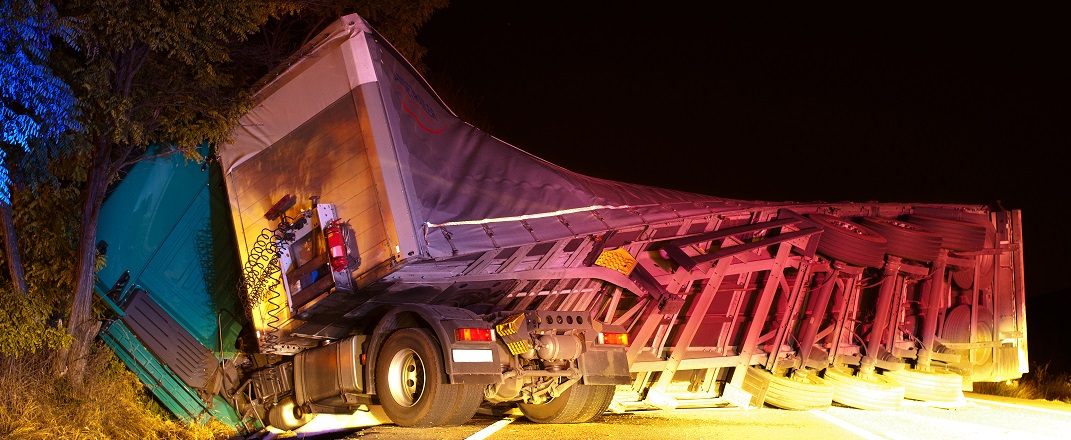






 A urine drug screen may only return accurate results if a controlled substance was used within the
A urine drug screen may only return accurate results if a controlled substance was used within the  Trucking industry leaders are highly concerned about this bill. If marijuana is no longer a controlled substance, it will no longer be included in DOT drug panel tests.
Trucking industry leaders are highly concerned about this bill. If marijuana is no longer a controlled substance, it will no longer be included in DOT drug panel tests.
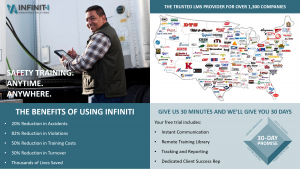




 After a time, the inspiration flowed between us. They made me want to work harder. I wanted to be the best dispatcher I could possibly be for them. In turn, we became the best fleet in the nation. We were truly a team. That experience taught me that through mutual respect, gratitude, and a little bit of elbow grease, there’s no such thing as a late load or missed home time. Those were unacceptable, and my drivers held me accountable.
After a time, the inspiration flowed between us. They made me want to work harder. I wanted to be the best dispatcher I could possibly be for them. In turn, we became the best fleet in the nation. We were truly a team. That experience taught me that through mutual respect, gratitude, and a little bit of elbow grease, there’s no such thing as a late load or missed home time. Those were unacceptable, and my drivers held me accountable. Mr. Gentry was a career truck driver. 45 years on the road. He taught me more about trucking through friendly conversation than any of my superiors ever could. Through those little talks, we became friends. We delivered hundreds of loads together. The dispatcher in me doubted him sometimes, but he always came through.
Mr. Gentry was a career truck driver. 45 years on the road. He taught me more about trucking through friendly conversation than any of my superiors ever could. Through those little talks, we became friends. We delivered hundreds of loads together. The dispatcher in me doubted him sometimes, but he always came through.




 The
The 
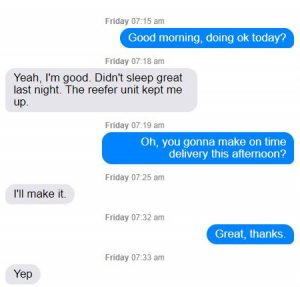
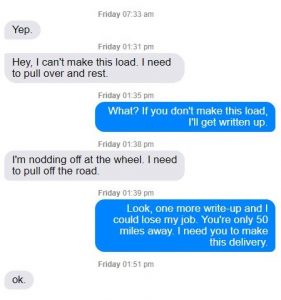
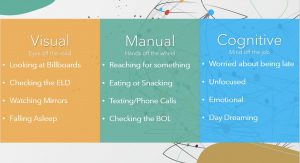
 Let’s say your driver is eating a big, greasy cheeseburger while driving down the highway. After driving over a small pothole, the driver drops a pickle on the tractor seat. The driver leans over to place the burger onto the passenger seat and begins the pickle search.
Let’s say your driver is eating a big, greasy cheeseburger while driving down the highway. After driving over a small pothole, the driver drops a pickle on the tractor seat. The driver leans over to place the burger onto the passenger seat and begins the pickle search.


 work at their own pace while online, they get to spend more time with their family. This means, when your drivers do show up for their truck assignment, they aren’t worn out by several days of repetitive workshops or classes. They are fresh; ready to hit the road and make some money.
work at their own pace while online, they get to spend more time with their family. This means, when your drivers do show up for their truck assignment, they aren’t worn out by several days of repetitive workshops or classes. They are fresh; ready to hit the road and make some money. Our safety program has proven to decrease our client turnover by up to 53%. That means is possible for Infinit-I Workforce Solutions to take you from 100% turnover to just 47%. A reduction in turnover like that would save you over half a million dollars per year in onboarding costs. Incredible!
Our safety program has proven to decrease our client turnover by up to 53%. That means is possible for Infinit-I Workforce Solutions to take you from 100% turnover to just 47%. A reduction in turnover like that would save you over half a million dollars per year in onboarding costs. Incredible!



